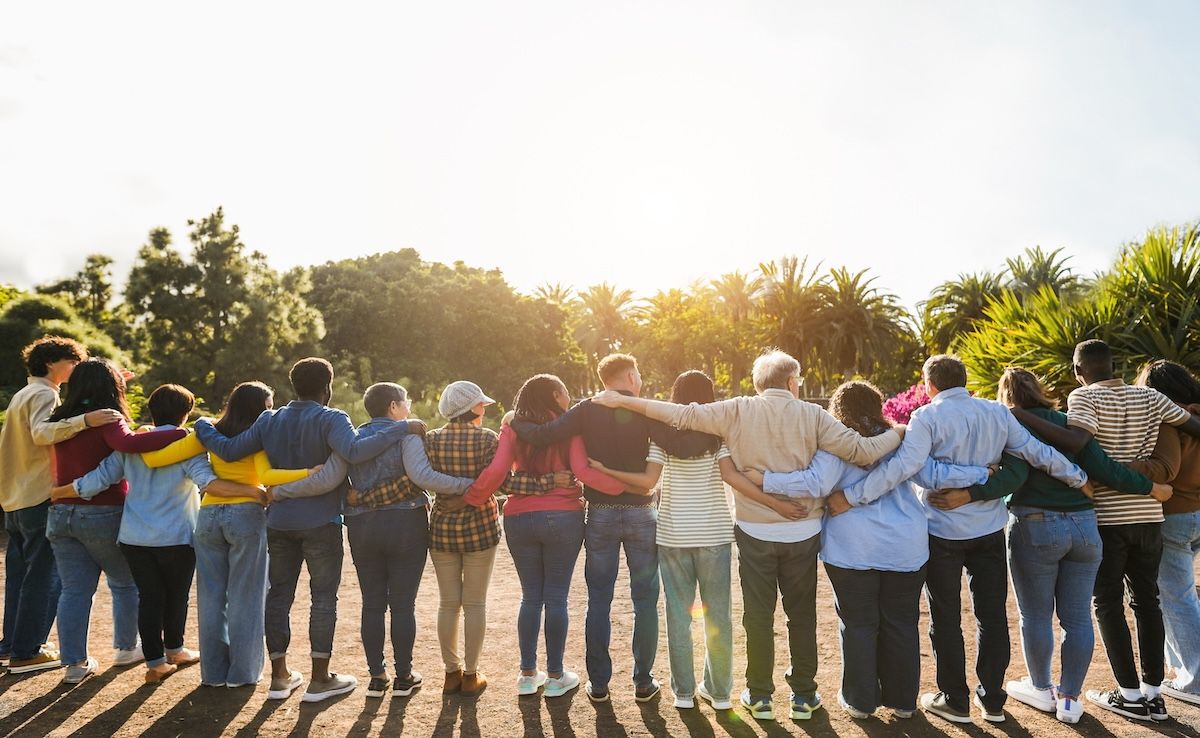News
Article
Tired of It: Cancer-Related Fatigue in Lymphoma, CLL
Author(s):
In the realm of lymphoma and chronic lymphocytic leukemia (CLL), and of the treatments that address them, a global survey of nearly 7000 patients proves there’s a long way to go to eliminate cancer-related fatigue from their lives.
Cancer-related fatigue (CRF) unfortunately remains an unmet need: prevalent, underreported, poorly understood, and challenging to address. In conjunction with the Lymphoma Coalition, a quartet of researchers conducted a cross-sectional global survey study in 2022 among patients with lymphoma or chronic lymphocytic leukemia (CLL) to determine the prevalence of CRF as the patients perceived it: as either a symptom of disease, an adverse effect (AE) of treatment, or both. The team received evaluable responses from 6758 patients in 71 countries and reported their results in Cancer Research Communications.1
Not surprisingly, patients who received more intense therapies, coinciding with more aggressive lymphoma subtypes, experienced the most CRF.
Cancer-related fatigue remains prevalent, underreported, poorly understood, and challenging to address, experts note | Image Credit: EmeraldRaindrops-stock.adobe.com

CRF has been recogned for many years.2 Yet it remains as true as ever that although CRF is a symptom of disease, and that efficacious disease treatment would logically relieve CRF as a symptom, treatment AEs can supplant and possibly overshadow any symptom relief, stated the authors. Patients with lymphoma are a vulnerable population and to reduce their CRF burden, treatment regimens should be refined, the team argued. They estimated that just under 50% of the CRF reported by the survey responders derived from treatment vs disease.
The psychological aspects of CRF remain elusive, the investigators added. To what degree psychological factors help drive CRF or CRF helps drive substantial psychological effects—or both—is still up in the air. Identifying patients at greatest risk for CRF remains difficult as well. But having no definitive answers does not change that increased screening for and monitoring of fatigue will yield improved outcomes for patients, they added.
“We advocate for the expansion of the definition of precision medicine,” they added. “[It should] include not only the provision of optimal anticancer therapy to the right patients, but also ensure that patients receive the appropriate supportive care.”
Data Details
The survey focused on patient-reported outcomes and patient-reported experience measures. Of all respondents, 65% came from France, the US, China, Italy, Australia, and the United Kingdom. The highest number of responses came from those with CLL (n = 1222), follicular lymphoma (n = 1071), and diffuse large B-cell lymphoma (DLBCL; n = 906).
Combining patient age and biological sex yielded a significant predictive effect of CRF for DLBCL, follicular lymphoma, and mantle cell lymphoma (MCL) (P≤ .02). All other subtypes failed to achieve statistical significance for this set of predictors, noted the investigators. For DLCBL (P < .0001) and follicular lymphoma (P = .05), women were more likely than men to experience fatigue as a symptom and an AE.
Increasing age was also predictive of respondents reporting fatigue as both a symptom and an AE in follicular lymphoma (P = .03) and MCL (P = .004).
“The effect of age in MCL was amplified relative to the other subtypes, with respect to the tradeoff between fatigue reported as [an AE] only in younger patients and as both a symptom and [AE] in older patients,” explained the authors.
Across all subtypes, the mean percentage of fatigue attributable to treatment was 34% (range, 0%-45%). In patients with Hodgkin lymphoma, DLBCL, breast implant–associated anaplastic large cell lymphoma, MCL, peripheral T-cell lymphoma, and follicular lymphoma, more than 40% of CRF could be attributed to treatment.
The clinical parameters often associated with CRF include decreased performance status, use of pharmaceutical pain management, gastrointestinal upset, lack of sleep, and abnormal hemoglobin and albumin levels, noted the authors.
References
1. Kalloger SE, Watson A, Sajkowski S, Warwick L. Cancer related fatigue and the additive effect of treatment in the context of lymphoma: an analysis of the Lymphoma Coalition’s 2022 Global Patient Survey. Cancer Res Commun. Published online June 5, 2024. doi:10.1158/2767-9764.CRC-24-0048
2. Stein KD, Syrjala KL, Andrykowski MA. Physical and psychological long-term and late effects of cancer. Cancer. 2008;112(suppl 11):2577-2592. doi:10.1002/cncr.23448
2 Commerce Drive
Suite 100
Cranbury, NJ 08512
© 2025 MJH Life Sciences® and AJMC®.
All rights reserved.




